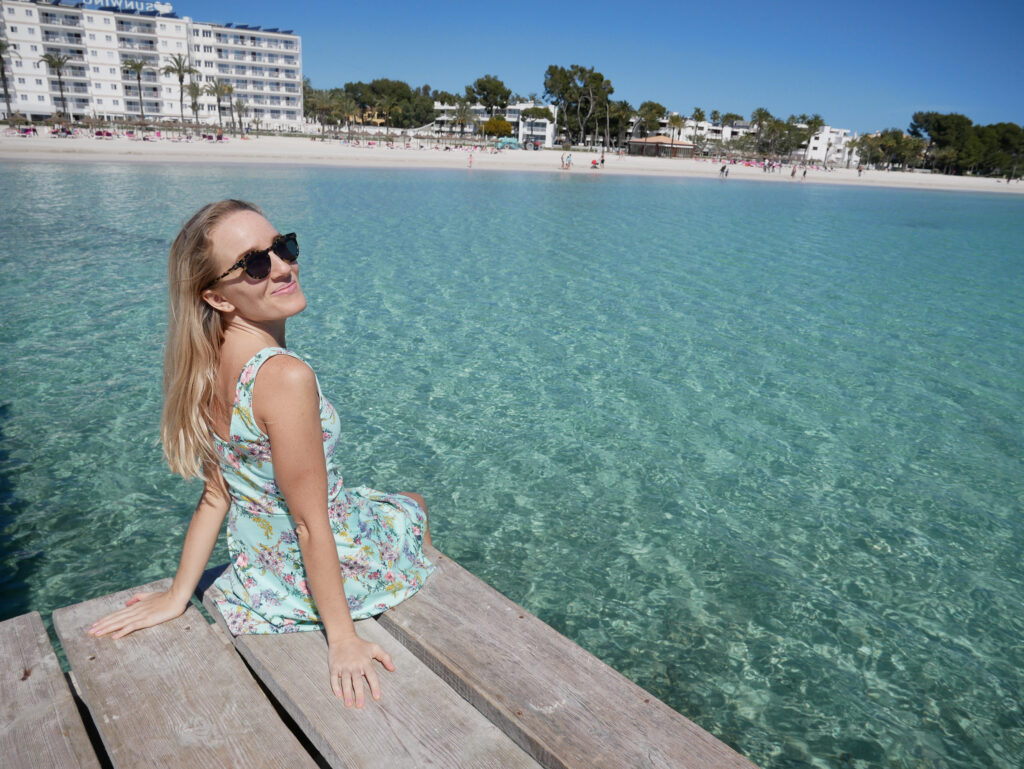Between 20012 and 2018 I went on 39 press trips to destinations as far flung as Madagascar, Russia, Japan and Iceland. I’ve flown Business Class on Singapore Airlines, Qatar Airways, Malaysia Airlines and Air France. I’ve stood on the Great Wall of China, zip lined in Costa Rica, flown in a helicopter over Canada and cruised around the Greek Islands. And it was all covered by travel companies or tourism boards – it didn’t cost me a dime.
I’m living proof that sponsored travel is possible, so if you’re wondering how to land a sponsored trip, I’ve put together a detailed (3000+ words!) guide on how to go about it. I also discuss the pitfalls of sponsored travel and the whether you should accept press trips.
Firstly, what is sponsored travel?
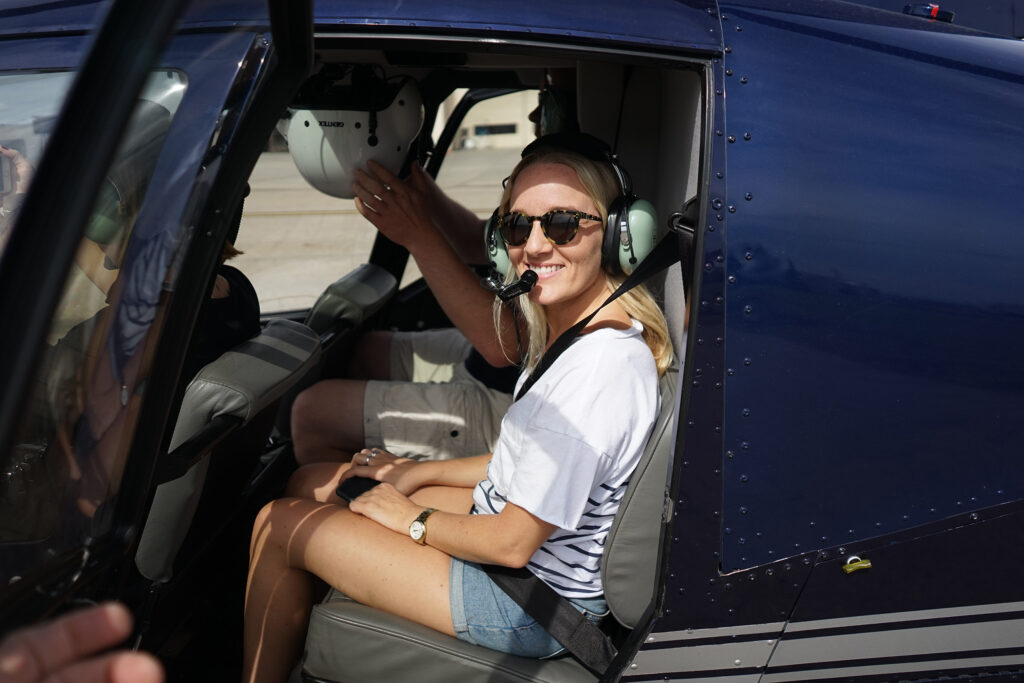
Sponsored travel is where a tourism board, PR company, tour operator, airline, hotel or other travel company covers the cost of your trip. In return you’ll be expected to produce content, such as Instagram posts, Tweets, blog posts or video (or a combination of both).
Sometimes your entire trip will be sponsored, including flights, meals, activities, hotels and transportation in the country you’re visiting. This usually happens when you’re invited on a group press trip or blog trip. Most of the group trips I went on consisted of around 3-6 people; sometimes a mixture of bloggers and journalists and sometimes just bloggers. I’ve also been on a couple of larger trips that had around 10 people.
Then there are solo trips were a travel company will propose sending you on your own. Occasionally they’ll let you take a +1 but most of the time this isn’t the case. I tend to prefer the solo trips to group trips, just because you have more flexibility and you’re more likely to be able to tailor the trip to your own travel style. Group trips can be really fun but they’re just a little more structured and there’s lots of waiting around for other people.
Trips aren’t always all expenses paid. Sometimes they’re only partially sponsored. For example, a hotel might offer a free stay but you have to pay for your own flights to get there. While you might not plan an entire trip around a free hotel stay, it can be useful if you’ve already booked flights to a destination and you’re in need of some assistance with just tours and accommodation.
What are press trips like?
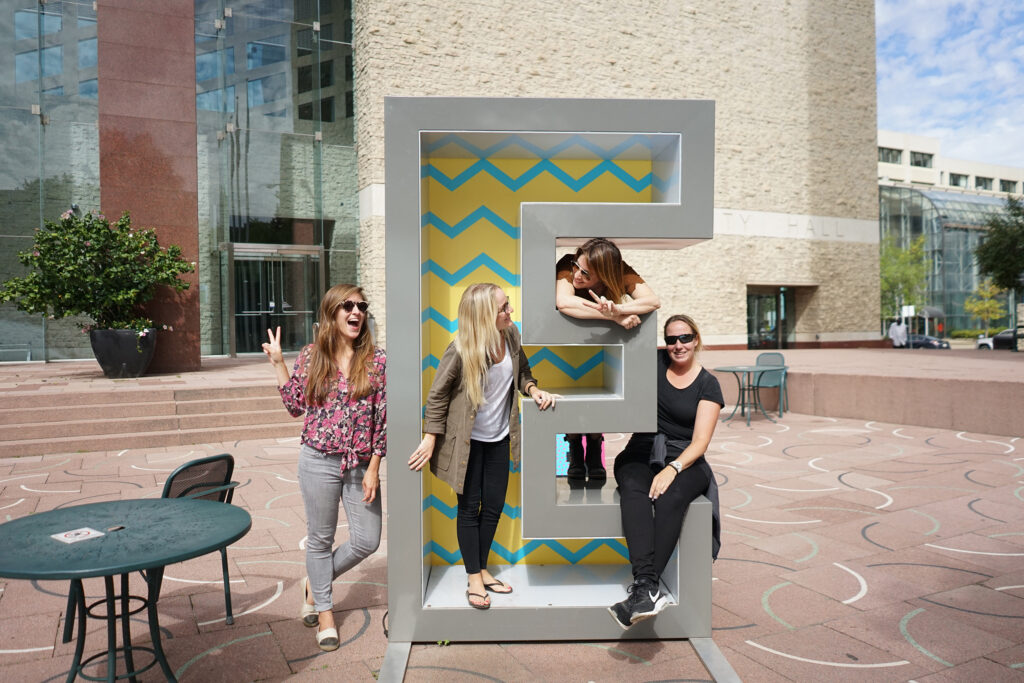
Press trips may look super appealing when you see bloggers and journalists posting photos of flying business class or staying in beautiful hotels. The truth is they can be grueling, with early starts and not much time for a break. Don’t expect to spend much time in your hotel room. Even when PR companies allocate “free time” this usually gets eaten up because activities tend to run late and the itineraries are jam-packed. On a three day trip you might cram in as much as ordinary people would do in an entire week.
By the time you get back to the hotel after a day of activities, often you have just 15 minutes to freshen up and then it’s straight out to dinner and then maybe a night tour. I’ve gone to bed at 1am and had to set my alarm for 6am. I’m always concentrating so much taking photos and videos of everything too, so by the time I get to bed my brain is fried.
On group trips you don’t usually get to choose what you’re doing either and you’ll be expected to join in all the activities. Sometimes you’ll have to meet with the hotel manager or meet with various officials. Remember it’s a work trip, not a vacation. I once went on a press trip to Florida and took a photo of the beach, which prompted people to respond with comments like “jealous!” and “lucky girl!”. The truth is I didn’t get chance to set foot on the beach, I just snapped a photo wile I was having a tour of the hotel with the hotel manager!
I know I can’t really complain too much because I do realize that I’m still incredibly lucky to have been able to see all these places around the world. Many people work in an office and would much rather be on an all-expenses paid trip. I’ve been able to do things that some people would never do in a lifetime. But it’s also important to be realistic that it is a business trip and you are there to work. Yes there’s a lot of wining and dining, but you constantly have to be switched on. There are good and bad sides to most things.
Should you go on sponsored trips?
Often when people would introduce me to friends they would say “this is Victoria, she gets paid to travel”. I found it annoying because most of the time I wasn’t being paid to travel, I simply got free travel. As one journalist described it, we were “living a champagne lifestyle on a pauper’s budget”. Since I wasn’t being paid, I found that I was coming back, creating all this content and getting nothing except a trip overseas, which doesn’t really pay the bills.
That was at a time when the concept of blogging was fairly new and PR officers couldn’t really justify paying bloggers because companies didn’t yet see the value in it. They didn’t pay newspaper journalists, so why pay bloggers? But as the years went by and suddenly the whole “influencer” scene blew up, companies started to offer payment in addition to the trip.
A lot depends on the cost of the trip and the budget the company/tourism board has. If you’re going to a luxury destination like the Maldives, which is expensive, you’re perhaps less likely to get offered payment for your time than if you’re going to a closer, cheaper destination.
These are some questions to ask yourself when being offered a trip:
- Will they offer payment for my time or am I just getting a free trip? (Always ask!) Is it worth my time?
- Do I actually want to go to the destination?
- Will it fit with my blog content?
- Will my readers get anything valuable from it or will they be turned off?
- What content will I be expected to produce?
At one point in my 20s I just took every trip I was offered. I was traveling on back to back trips, was rarely home and then I got completely burnt out. I was going on so many press jaunts that I didn’t even have time to write about the last one before I was off on the next one. I was just accepting trips for the sake of taking trips.
I then decided to slow down and became a lot more selective with trips, only taking ones that I really really liked the sound of. The last sponsored trip I went on was to Lodz, Poland in 2018.
After taking a break from press trips for the last few years I realized that my business model kind of sucked. I had always wanted to get more heavily into affiliate marketing, which is where you get commission when a reader clicks a link on your website and buys something.
Many bloggers refuse sponsored trips and only use this model, because it produces passive income meaning that as long as your article is popular on Google, you’ll probably keep earning commission from those links while you sleep. It’s time consuming to insert all these affiliate links but it pays off in the long run, with some people earning thousands per month just from affiliate income alone. Yes you pay for your own travel if you go this route, but you also get to travel how you want. Blog content is just better when you can thoroughly explore a destination at your own pace and do your own thing. If you’re being chaperoned around on a sponsored trip, you have no idea how much things cost, how to get around (since a driver ferries you around) and what things there are to do besides the activities the tourism board is showing you.
With hindsight, I much prefer to pay for my own travel and do my own research. The content is also just more genuine and believable. While I never felt pressured to only write positive things about a place or company, I did feel like my content just wasn’t as comprehensive as it could have been and I was often doing things that I wouldn’t have ordinarily done. I was unable to manage the blog while I was away and then I would have to write up all the content or edit video when I got back.
If you don’t have much money to travel but you want to run a travel blog, you can backpack and stay in hostels, or you can take shorter trips. I often now take trips with friends, split the cost of accommodation and only go for 3-5 days max. I explore as much as I can and it’s not as expensive as taking a 2-week or month long trip.
If you’re an Instagram influencer and you don’t run a blog then I’d say it probably doesn’t matter so much whether you take a sponsored trip. A picture is a picture and Instagram tends to mainly involve luxury lifestyle photos anyway. But if you’re a YouTuber or a blogger, you might want to think about whether you can get the kind of detail you would when you travel on your own. Most press trips are also mid-range to luxury, so if you’re a backpacker the content might be completely out of place.
Still intent on landing sponsored travel? Here’s how you can do it:
How to get sponsored press trips:
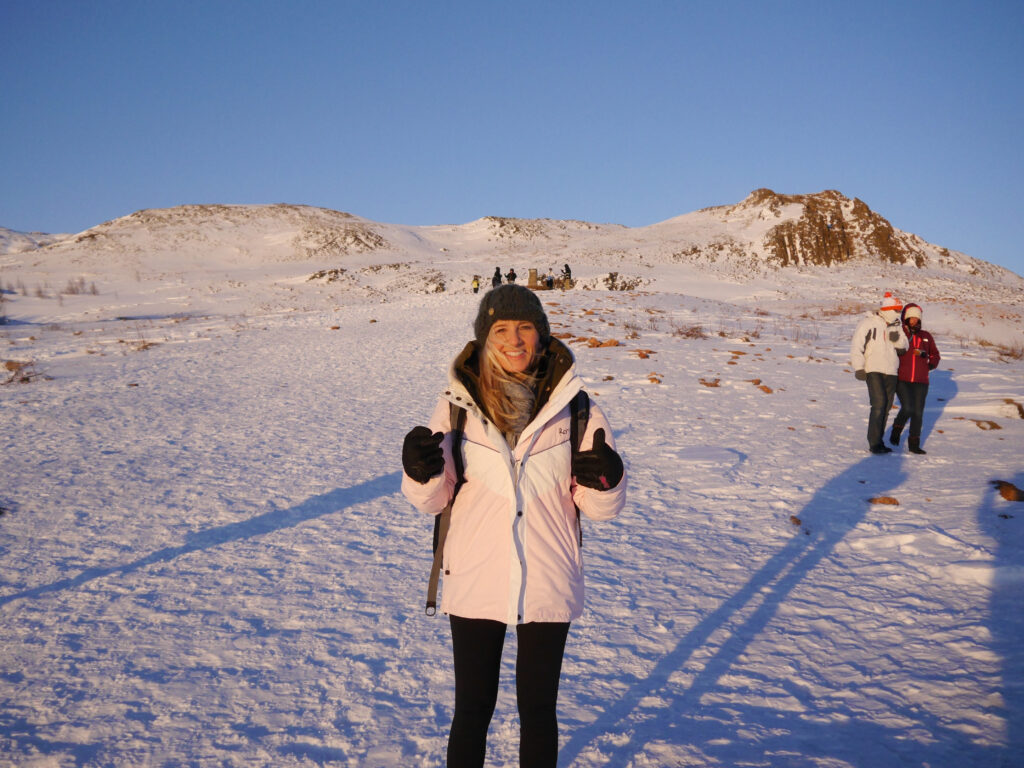
Network at conferences
Networking at travel conferences is how I landed most of my sponsored trips. World Travel Market, which takes place every year in London, is a brilliant trade show for networking because it attracts tourism boards, travel PR companies, airlines and tour companies from around the world. You’ll find almost every country in the world under one roof! You can arrange a meeting with the person you want to talk to in advance or simply show up and try to grab them when they have a minute to spare. Remember to take business cards and a media kit if you have one. There are also many fringe events and parties, so make sure you make a list of what’s on and attend as much as you can. ITB Berlin and ITB Asia are similar trade shows you can attend too.
There are of course many other travel conferences you can attend, including TBEX and Travelcon. These are more geared towards improving your blogging skills, but they’re great events for meeting other bloggers and getting your name out there and you’ll find some brands there too. These types of events often have pre-conference and post-conference trips that you can go on, run by the tourism board in the host destination. It’s a great way to get a taster for sponsored travel.
Mix with other bloggers
Becoming friends with other bloggers, whether online or in real life, is another way to land sponsored trips. Sometimes a blogger will be unable to attend a trip but will pass the trip on to someone else. So if they know you and like your work, they’re more likely they are to recommend you for a trip. Follow your favorite bloggers on Twitter or Instagram and engage with them. Attend conferences and bond over a few drinks. Join various blogging Facebook groups. The more you get involved in the industry, the more you’ll get noticed.
Produce great content
Producing great content gets you noticed. If you produce informative articles that people want to read, your traffic will increase, as will the likelihood that a company will see your website. The same goes for YouTube and Instagram content. Be consistent, take great photos, write detailed posts and produce engaging YouTube videos. Amplify your work on social media and join conversations.
Create a media kit
Every blogger should have a media kit outlining key information about their blog. Not a whiz with graphic design? An easy way to create a good looking media kit is using Canva. Include key information about you, any awards you’ve won and what your travel blog is about. Also include Google/YouTube/social media analytics stats about your audience demographic, including ages, interests and where they come from. Keep it max 1-2 pages since people don’t usually have much time to read through tons of info.
Attach your media kit when you reach out to brands or print it and take it with you to conferences.
Have your contact details easily visible
After doing my first couple of press trips I found I was invited on more and more of them. I didn’t reach out to to these companies, they reached out to me. Make sure your contact page is easily visible on your website and your contact form is working. Check your email daily as sometimes trips are first come first serve, so if you don’t reply fast enough someone else will take your spot.
Reach out to brands you like
The best way to partner with brands is to think about the brands that you really like. Go on their website and find their press contact page or do a search on LinkedIn to see if you can figure out who their Press Officer is. Write an email explaining that you’ve used their brand in the past and why you love them. If a company can see that it’s a natural fit, they’ll be more inclined to work with you. If you take an Instagram photo using their product or service, tag them! If you’re traveling, tag the destination and use popular hash tags.
Tell them what’s in it for them
If you approach a company just asking for a free trip with very little to offer you’re almost certainly going to get rejected. The person you’re contacting wants to know what’s in it for them and what exposure you can give them. Don’t just tell them you’re a blogger, give them exact figures of how many readers/followers you have and how you will promote their brand/company destination. Send them links to content you’ve produced in the past and give a clear list of the content you’re willing to produce in return. For example you might offer to produce a YouTube video plus 3 blog posts and 5 Instagram posts. In your email, tell them about your audience – where they come from, typical age, gender etc. You can pull all this info from Google Analytics or Instagram. Keep your email succinct but show them why it might be a good idea for them to sponsor your trip. At the end of the day, it’s a business transaction so there needs to be value in it for both sides.
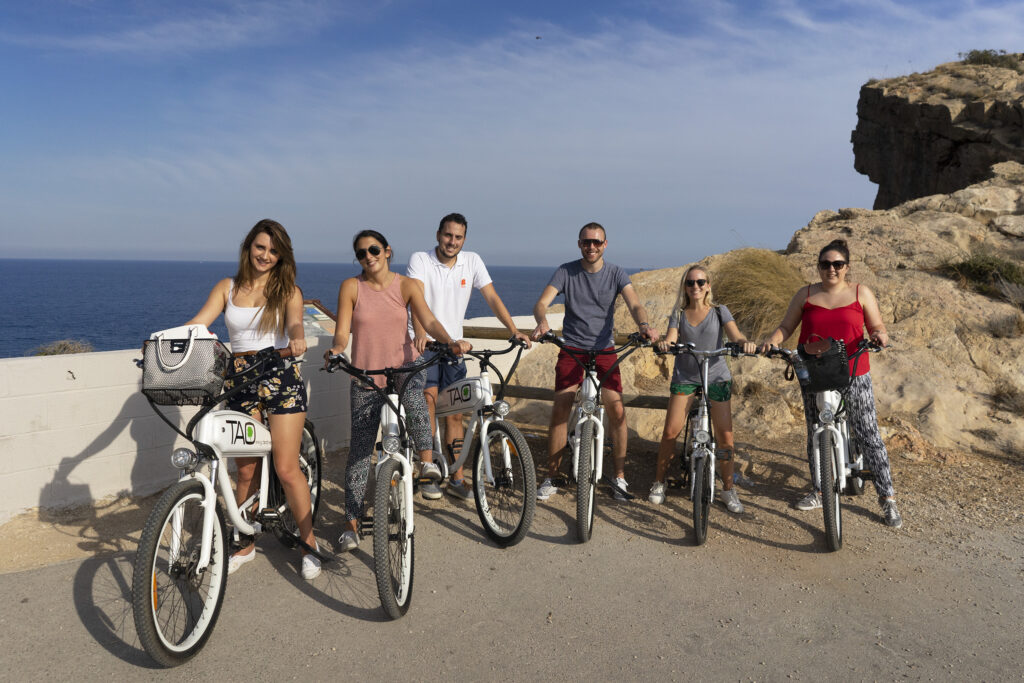
Create relationships with PR companies
Most tourism boards and travel companies have PR companies that handle their blog trips – it’s not always done in-house. Figure out the major travel PR companies and email them asking them for their current list of clients they work with. Try to get on their radar because if they work with you once and you do a good job, they’ll remember you and contact you again for more work. Popular travel PR companies in the UK, for instance, include Hills Balfour, Diamond PR, Four Communications and Publicasity .
Think of creative projects
Anyone can send an email saying “I’ve always wanted to visit X destination and I think it would be cool to write about!”. What you need is creative ideas and a more specific angle. For example, a friend of mine wanted to write a guide to the best luxury hostels in Europe, and so contacted the hostels to get on board with the project. It’s specific, so it worked.
Think outside the box. It can be a good idea to ask the destination or PR company what type of features they’re looking for and who they’re targeting this year. For instance a destination might tell you they’re popular with gay travelers or honeymooners, so they’re looking to target those people. Perhaps the destination is looking or features on sustainable travel.
Overproduce
When you work with a brand on a sponsored trip for the first time, it’s always best to overproduce. The more you deliver, the happier they’ll be and the more likely they are to recommend you to someone else. You want to build a good reputation in the industry and not be known as that blogger who took a free trip and never delivered the goods. So always be well behaved on press trips and produce the work in a timely manner after the trip. Don’t wait months and have them pester you before you finally write up the blog posts.
Be prepared for rejection
You may contact a bunch of hotels and find that they don’t get back to you or they turn you down. Don’t take it to heart. The best thing to do is be prepared for a bit of rejection and be persistent. Do your research. Look at other bloggers and where they’re going on sponsored trips. Some years you’ll notice certain tourism boards spending lots of cash on promoting their destination and you’ll see a ton of bloggers all going to the same place. Figure out which destinations are willing to fly people out. A cash-strapped company or tourism board is less likely to offer you a trip than one with a huge budget.

